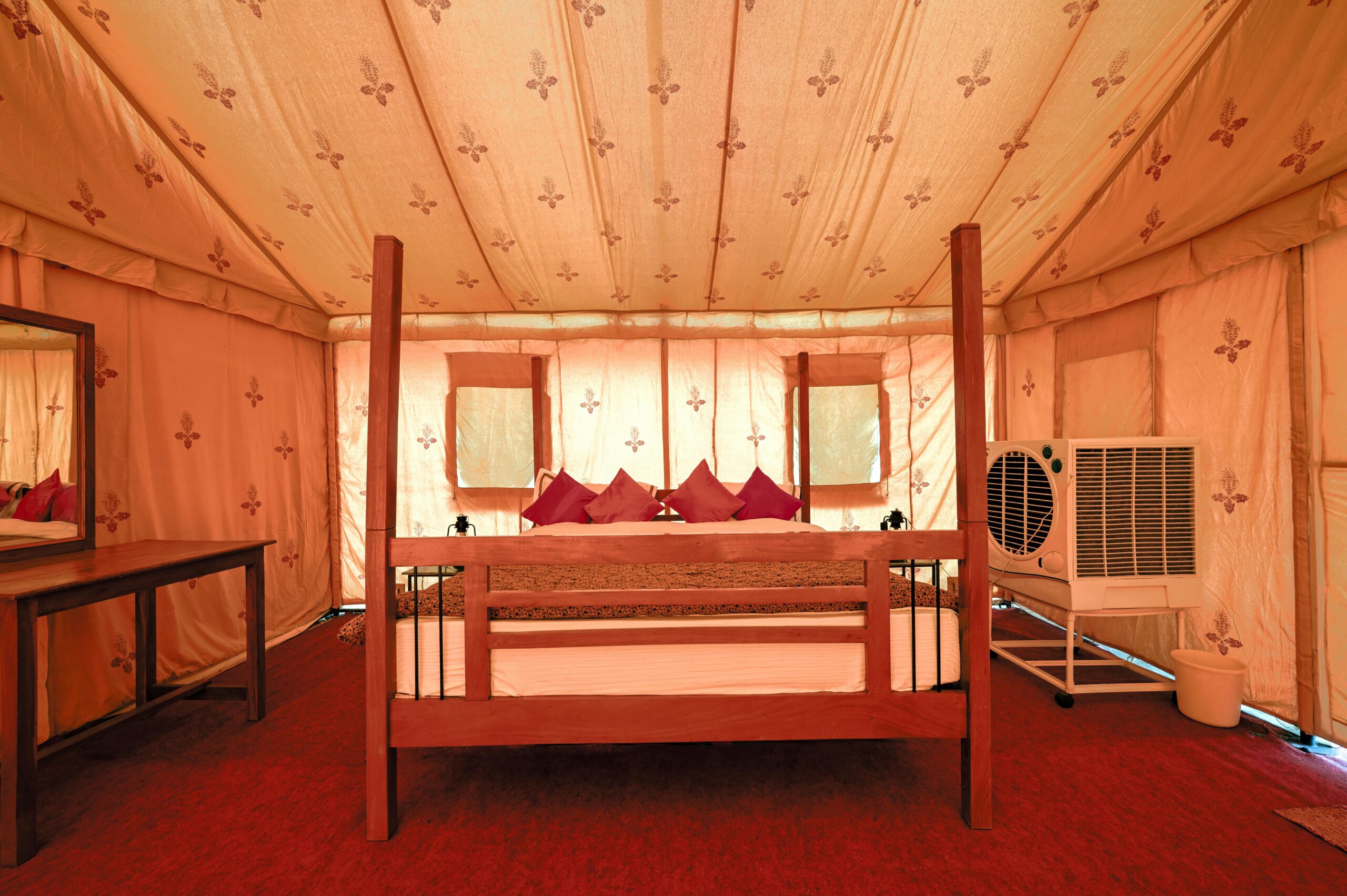Discovering Korean Camping Culture: The Rise of Glamping
Korean camping has evolved remarkably over the years, blending traditional outdoor experiences with modern luxury to create a unique trend known as glamping. As urban life becomes increasingly fast-paced and technology-driven in South Korea, more people are seeking ways to reconnect with nature without sacrificing comfort. Glamping, short for glamorous camping, offers this perfect balance, making outdoor adventures accessible and enjoyable for all ages. This article will explore the cultural significance and growing popularity of Korean glamping, the distinctive features that set it apart, the best locations to experience it, and how it reflects broader shifts in Korean leisure and lifestyle. Join us on a journey through the plush tents and scenic landscapes that have captivated a nation.
The Evolution of Korean Camping Culture
Camping in Korea has traditionally been a simple recreational activity associated with family outings and youth clubs. However, rapid urbanization and limited green spaces prompted a transformation in how Koreans perceive outdoor leisure. In response, glamping emerged as an affordable yet luxurious option, blending nature with high-end amenities. Unlike rustic camping, Korean glamping sites often feature well-furnished tents, heating systems, beds, and even private bathrooms, appealing to those who want to enjoy nature without the inconveniences of traditional camping. This shift mirrors Korea’s broader societal trends toward convenience and experiential consumption, making camping a fashionable escape rather than just an activity.
Distinctive Features of Korean Glamping
Korean glamping is distinguished by its meticulous attention to comfort, design, and technology integration. Sites often incorporate Korean aesthetic elements such as minimalist decor, natural materials like wood and stone, and harmonious spatial designs that create a serene atmosphere. High-speed internet is commonly available, blending digital connectivity with outdoor relaxation. Furthermore, many glamping spots offer communal barbecue areas and gourmet food services, merging Korea’s rich culinary traditions with the camping experience. Seasonal adaptations, including heated floor tents in winter and cooling systems in summer, showcase a commitment to year-round enjoyment tailored to Korea’s diverse climate.
Popular Destinations for Glamping in Korea
Korea boasts a variety of glamping locations that highlight different aspects of the country’s natural beauty and culture. Sites like Jeju Island provide stunning ocean views combined with volcanic landscapes, while Gangwon Province offers lush mountains and fresh air, attracting those who seek tranquility and hiking opportunities. Near the bustling capital Seoul, places like Gapyeong provide quick access to nature without long travel times. Many of these venues prioritize eco-friendly practices, aligning with growing environmental awareness among Koreans. The diversity of these destinations allows glamping enthusiasts to choose experiences that range from seaside relaxation to elevated mountain retreats.
Glamping as a Reflection of Contemporary Korean Lifestyle
The rise of glamping in Korea speaks to deeper social and cultural currents. Increasingly, urban dwellers prioritize mental wellness and stress relief, and glamping offers a therapeutic retreat into nature with minimal disruption to comfort and daily routines. It also reflects a generational shift where younger Koreans value memorable experiences over material possessions. Social media plays a pivotal role in popularizing glamping, with visually striking sites designed to be shared online. Additionally, glamping supports local economies by promoting rural tourism and sustainable development, reinforcing a balanced relationship between modernization and tradition.
Embracing the Future of Outdoor Leisure in Korea
As Korea continues to innovate within its leisure industries, glamping stands at the forefront of creating meaningful outdoor experiences that combine authenticity with luxury. Its ability to attract a wide demographic—from families to solo travelers—positions it as a lasting fixture in Korea’s tourism and lifestyle landscape. Moving forward, advancements in eco-friendly technologies and deeper cultural integration are likely to further enhance the appeal of Korean glamping. This trend not only reconnects people with nature but also enriches their appreciation of comfort and sustainability, signaling a bright future for outdoor recreation in Korea.
In essence, Korean glamping encapsulates a harmonious blend of tradition, nature, and modern comfort, making it an increasingly popular choice for those seeking refreshing escapes. From its cultural evolution to standout features and scenic locations, glamping reflects the evolving values of Korean society, balancing convenience with authentic experiences. As it grows, it continues to foster a deeper connection with nature and encourages sustainable travel practices. Whether you’re drawn by the prospect of luxury tents surrounded by mountains or peaceful coastal views, Korean glamping offers a uniquely enriching way to enjoy the outdoors while embracing contemporary lifestyle trends.
